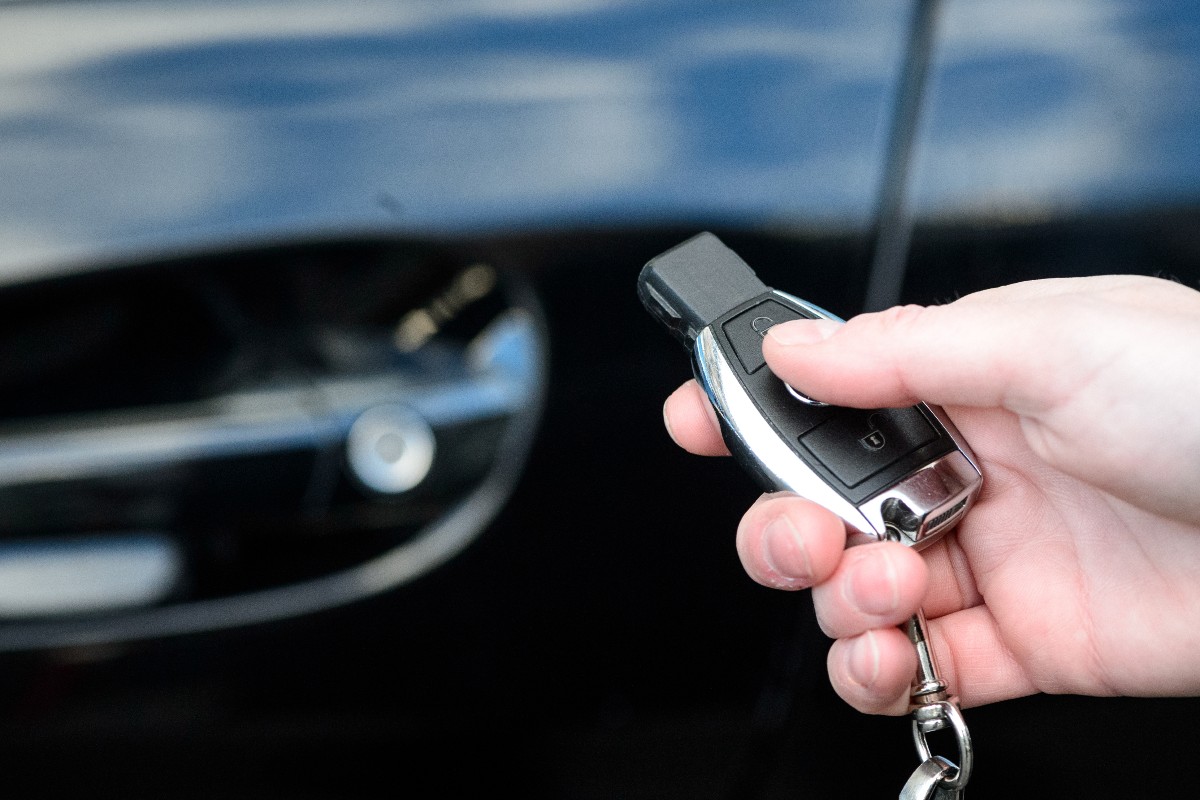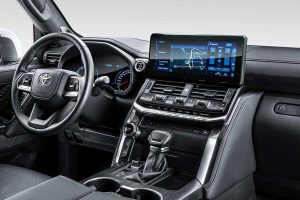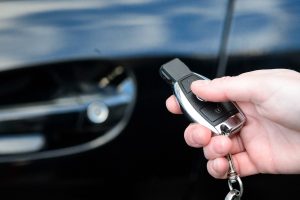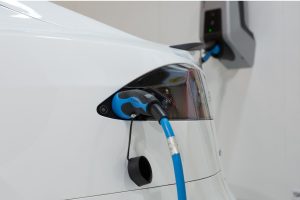Keyless entry systems let you unlock your car without even touching anything – no key needed. But car thieves have unfortunately found simple ways to hack this system. To prevent your car being broken into or stolen, here’s what you need to watch out for.
Once upon a time, trying to open the car door with both hands was a nightmare. In the era of keyless entry, it’s simple. The keyless fob in your pocket communicates with the car and opens the door for you.

The technology works by the car sending out a short-range radio signal. If the fob is in range it receives the signal and responds by transmitting a code to the car, which then unlocks the doors.
Unfortunately, with convenience comes risk as criminals have ways of using the technology to get into your car and stealing it or the valuables it contains.
“In order to steal vehicles with keyless technology, neither data has to be hacked nor complicated decryption techniques have to be used,” says Constantin Hack of Auto Club Europa (ACE).
All that’s needed is a range extender. “The radio signal is then amplified in such a way that it deceives the car that the key is nearby and it can then unlock the doors,” Hack says.
Criminals can intercept the codes transmitted between fob and car, and usually vehicle owners won’t know anything about it.
“As a normal consumer you won’t even notice the data theft, it is enough for someone to walk close to you to intercept the data on your key,” says Peter Holmstoel, a security expert at the German Insurance Association (GDV).
However, there are steps you can take to bring a certain level of security to keyless entry. “It is best to park the vehicle in a lockable individual garage overnight,” Hack recommends.
For those that don’t have that option, “it helps that the car is always clearly visible, ideally under a street lamp, for example,” Holmstoel says. “The perpetrators don’t like brightness and thus visibility.”
You should also make sure that the vehicle emits the appropriate visual and/or acoustic signal when it is locked. If it doesn’t, that can be a sign that criminals have blocked the signals between the fob and the car so that the doors won’t lock.
“If the vehicle beeps and/or flashes, you can be sure that no technology has been used that has prevented contact between the key and the vehicle,” Holmstoel says.
You should also make sure that you keep the key fob in a safe place. “Special storage boxes are well suited for this,” says Hack.
“This means that the key’s signal can no longer be redirected, for example if the perpetrator walks past you in a parking lot.”
Inside buildings the fob should not be kept near windows and doors as the signal is strong enough to penetrate them.
“Perpetrators also run through the stairwells of apartment buildings and try to intercept signals at the apartment doors,” Holmstoel says.
For that reason the typical key hanger by the apartment door is not a good idea.
You can also use technology to fight back against the hackers. “Alarm systems and immobilisers, which have to be deactivated by a small additional transmitter, make theft more difficult,” Hack says.
The signals from these additional devices generally transmit on a different frequency from the fob and it’s usually too time-consuming for the thief to bypass this.
Both Holmstoel and Hack agree that there is no such thing as 100 per cent protection, at least if you want to use this convenient technology.
The safest way to prevent misuse is not to use keyless entry at all and to open the door the old-fashioned way. “Radio keys always still have a classic metal key,” Hack says.
And to be even safer you can use a steering wheel lock. “The mere sight of them usually scares off potential thieves,” Hack says.









